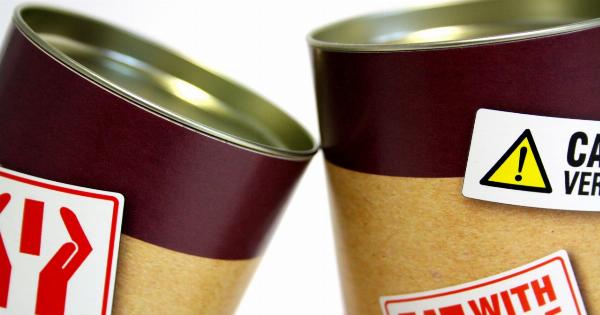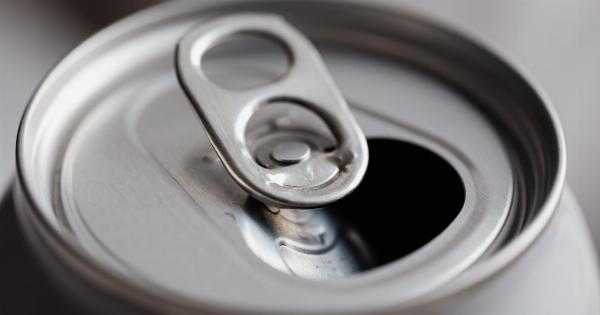When it comes to saving lives, there are few medical interventions as essential as blood transfusions. Blood transfusion is a life-saving treatment used to replace blood that has been lost or for patients whose bodies cannot produce blood on their own.
However, not all blood is created equal, and it’s essential to ensure that the blood being used is as good as fresh blood for transfusion.
Blood Transfusions
Blood transfusions are essential in many medical situations. Some common reasons for blood transfusions include surgery, traumatic injuries, anemia, cancer, and bleeding disorders.
Blood transfusions provide life-saving oxygen and nutrients to vital organs, transport hormones, and proteins throughout the body, and fight off infections by utilizing white blood cells.
Blood Types
There are four blood types: A, B, AB, and O. Blood types are determined by the presence or absence of antigens and antibodies on the surface of red blood cells. Blood transfusions must be carefully matched to prevent a severe immune reaction.
For example, a person with type A blood cannot receive type B blood and vice versa due to the presence of incompatible antigens. However, people with type AB blood are universal recipients as they have both A and B antigens. People with O blood are known as universal donors since their blood lacks A and B antigens.
Donated Blood
The success of blood transfusions relies on the availability of donated blood. Donated blood needs to go through several tests and screenings before it can be used for transfusions.
The donor’s blood type must be matched with the patient receiving the transfusion to avoid any potential complications. Blood donations also undergo tests to screen for infectious diseases, such as HIV and hepatitis.
The Shelf Life of Blood
Blood does not have an unlimited shelf life and must be used before it expires. Blood is stored in a temperature-controlled environment to preserve its freshness but can only remain in storage for a limited amount of time.
Red blood cells have a shelf life of around 42 days; platelets have a shorter life-span of around five days.
Blood Transfusion Risks
Although blood transfusions are generally safe, there are some risks involved, including allergic reactions, transfusion-associated infections, and adverse reactions to incompatible blood types.
The fresher the blood, the less likely it is to cause these issues. This is why it’s essential to maintain a fresh supply of blood and to match blood types as accurately as possible.
The Benefits of Fresh Blood for Transfusion
Fresh blood is as good as it gets for transfusion because it contains more oxygen-carrying red blood cells. These oxygen-carrying cells start to break down over time, limiting their ability to provide oxygen to tissues and organs.
Fresh blood also contains more platelets and clotting factors, making it more effective at stopping bleeding. This is particularly important for patients with severe trauma or bleeding disorders. Studies have shown that patients who receive blood transfusions with fresher blood have lower mortality rates than those who are transfused with older blood.
Conclusion
When it comes to blood transfusions, using fresh blood is just as important as matching blood types.
Fresh blood provides more oxygen-carrying red blood cells, more platelets, and clotting factors, all essential components for treating trauma, anemia, and many other medical conditions. While blood transfusions are generally safe, the use of fresher blood can minimize the potential risks and ensure that patients receive the best possible care.































